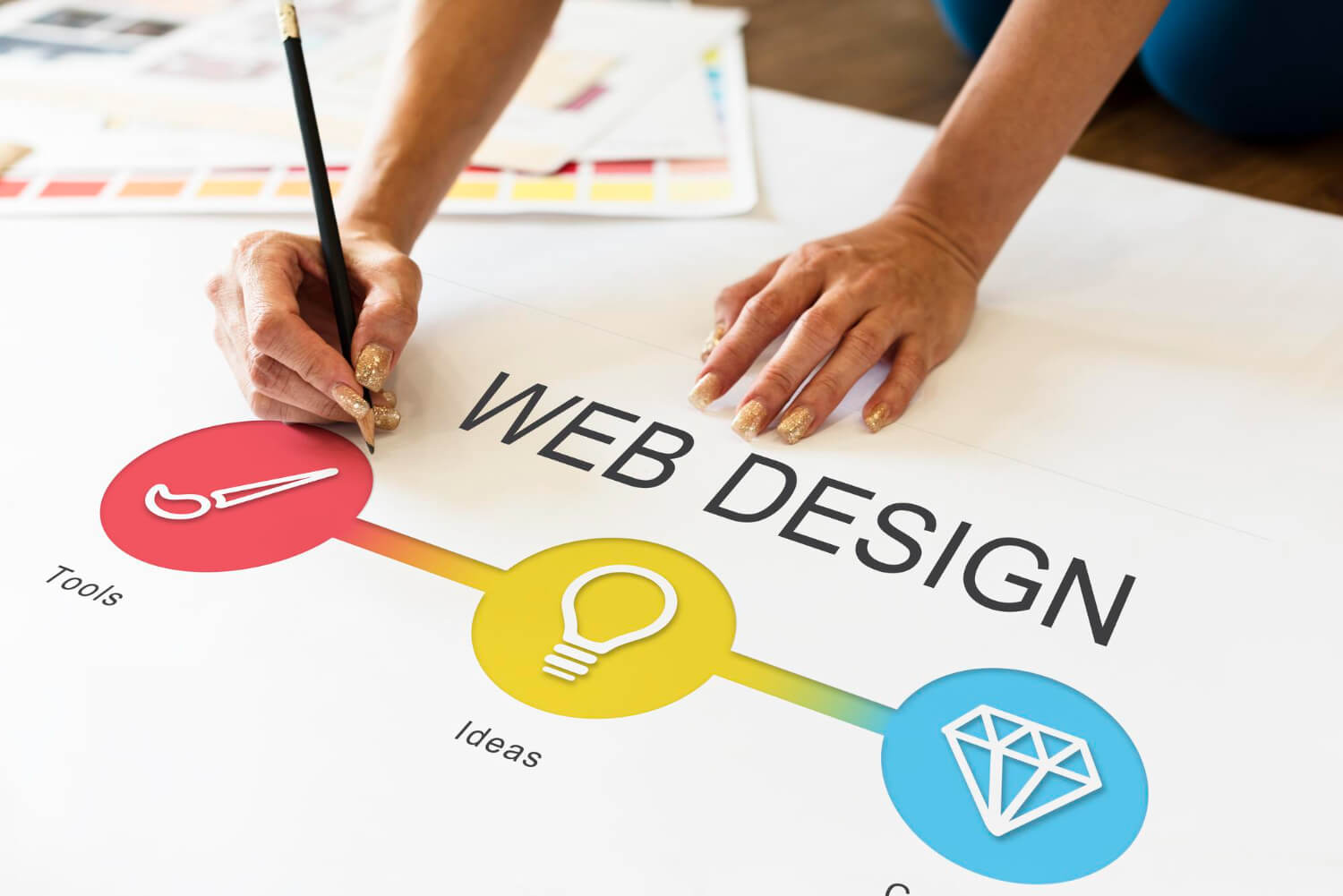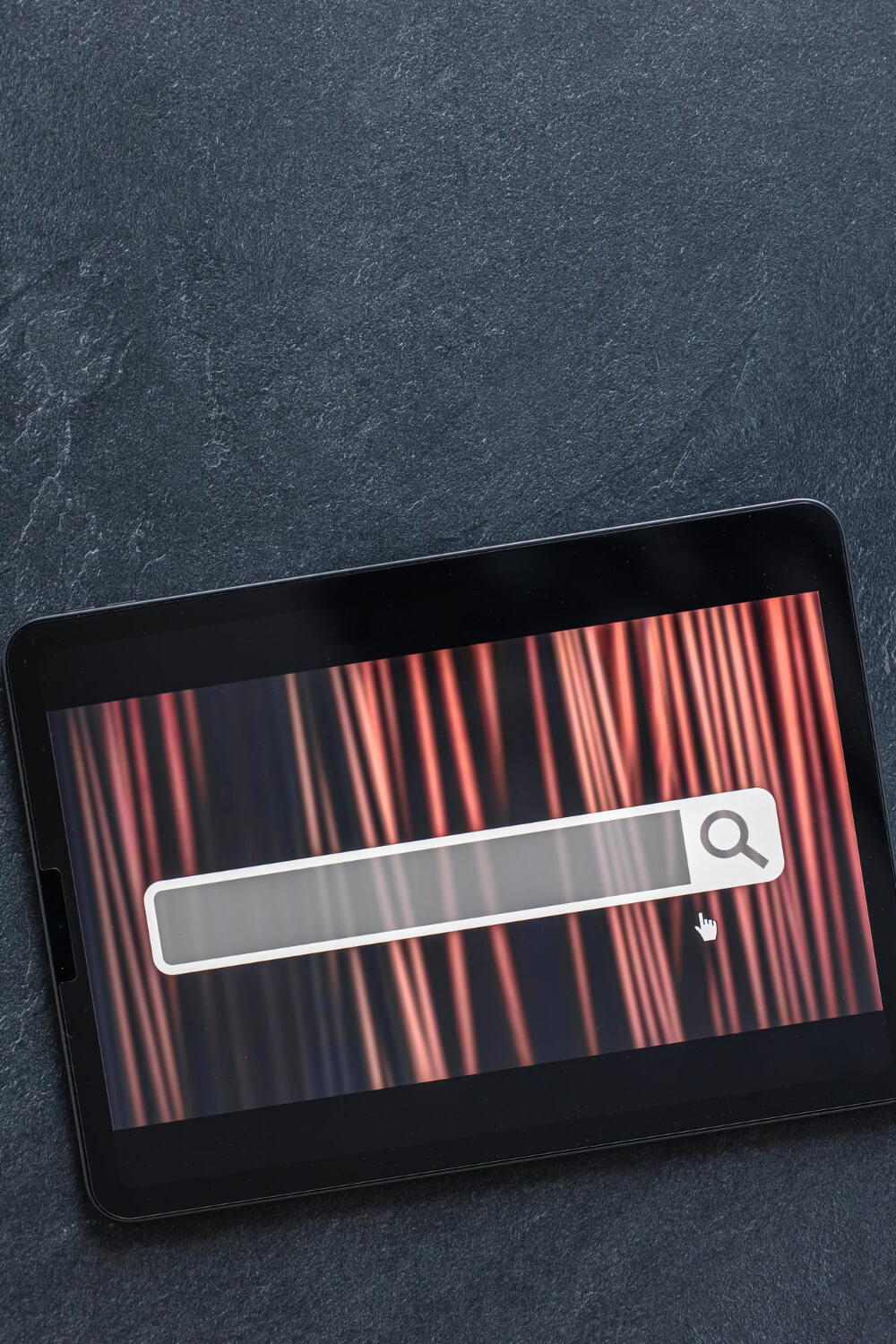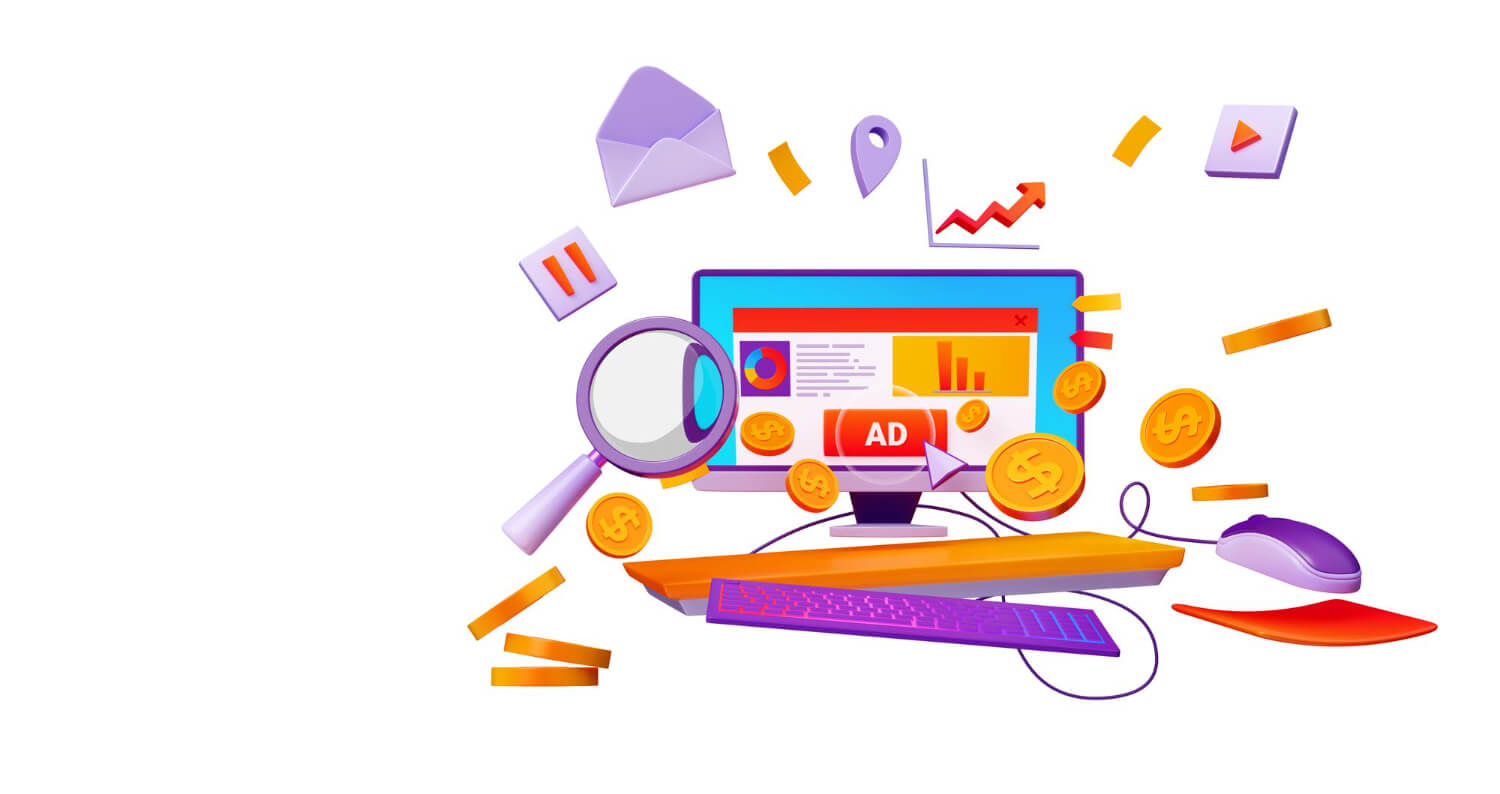There is a saying that goes “Less is more” and it's definitely the case when it comes to web design. Over designing a website does no good but harm. Simplicity is the key to success.
The Essence of Minimalism
Minimalism seeks to strip away non-essential elements to reveal the essence of a design. Basically it focuses on what matters rather than throwing all sort of design element into the website. For web design, this means prioritising content, functionality, and user experience over superfluous design elements.
Why Choose Minimalist Web Design?
Clarity and Comprehension: A minimalist web design removes all sorts of distractions. With fewer elements on a page, users can focus on what's truly important. No destruction means higher conversion rates.
Speed: Fewer design elements mean fewer server requests, leading to faster website load times. This isn’t just good for user experience; it also benefits SEO rankings.
Adaptable and Responsive: Minimal designs generally adapt better to various screen sizes, making them inherently more mobile-friendly.
Timeless Appeal: Trends come and go, but simplicity is timeless. A minimalist website stands a better chance of looking current and relevant for a longer period.
Characteristics of Minimalist Web Design

Flat Design: This involves using simple, two-dimensional elements and bright colours. Flat design avoids gradients, shadows, and textures, relying instead on bold typography and vibrant color palettes to create emphasis.
Whitespace (Negative Space): Whitespace doesn’t necessarily mean 'white' space. It refers to the unmarked space between design elements. It provides breathing room, creating a clean and uncluttered look.
Restrained Colour Palettes: Instead of using a rainbow of colours, minimalist designs often stick to monochromatic or dual-tone palettes. This limits visual distractions and brings focus to content.
Intuitive Navigation: With simplicity as the core principle, minimalist websites prioritise straightforward and intuitive navigation. This often means using recognisable icons, clear calls-to-action, and a well-organised site structure which is super important.
Impactful Typography: In the absence of multiple design elements, typography plays a pivotal role. Choosing the right font and size can make your message resonate more powerfully.
Implementing Minimalist Design
If you're convinced about the power of minimalist web design and are eager to implement it, here are some steps to consider:
Audit Your Content: Start by taking inventory of your current content. Decide what's essential and what can be removed. Remember, every element should serve a purpose. Strip it down to the basics.
Focus on Hierarchies: Design with a clear hierarchy in mind. This helps users navigate your site more intuitively, understanding which elements are primary, secondary, or tertiary in importance.
Opt for Simple Graphics: Instead of intricate illustrations, opt for simple icons or graphics. These should complement the content rather than overshadow it.
Limit Features: Avoid the temptation of adding every possible feature to your site. Stick to those that are absolutely essential for user experience.
Test and Iterate: Design is never static. Test your design choices with real users, gather feedback, and be prepared to make adjustments.
Challenges of Minimalist Design
While minimalist design offers many benefits, it's not without challenges:
Balancing Act: Stripping away too much can make a site feel bare or unfinished. The challenge lies in finding the balance between simplicity and functionality.
Avoiding Monotony: With limited design elements, there's a risk of the design feeling repetitive. It's important to introduce subtle variations to maintain user interest.
Misunderstandings: Some may mistake simplicity for a lack of sophistication or effort. It’s essential to communicate that minimalist design is a deliberate and thoughtful choice.
In a world overflowing with information and visuals, minimalist web design offers users and experience of design and simplicity at the same time. Users can engage with content without being overwhelmed. In design as well as in life, sometimes less is more.



